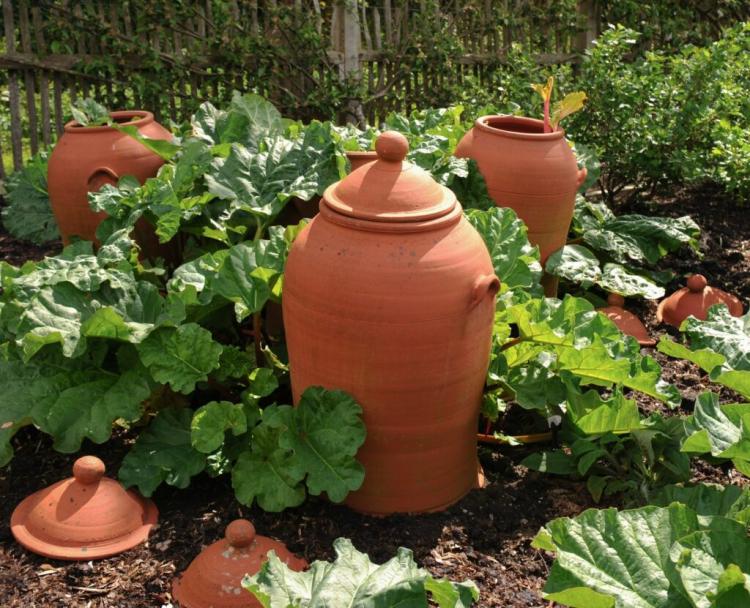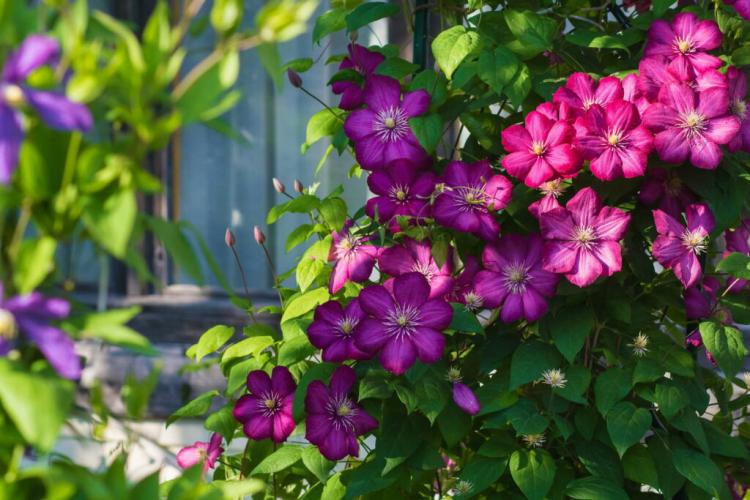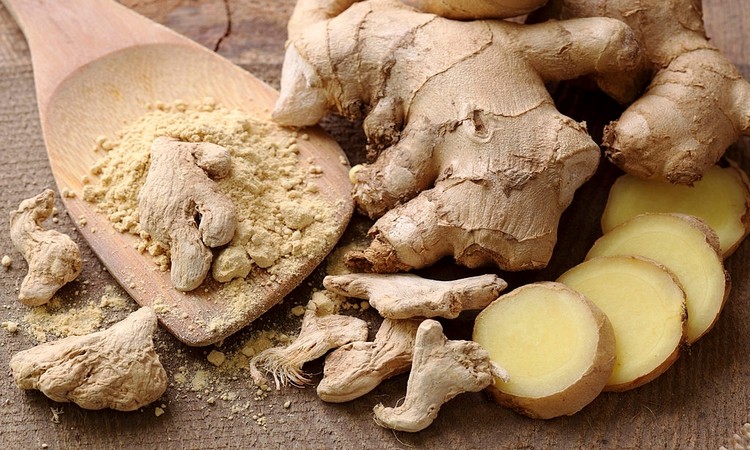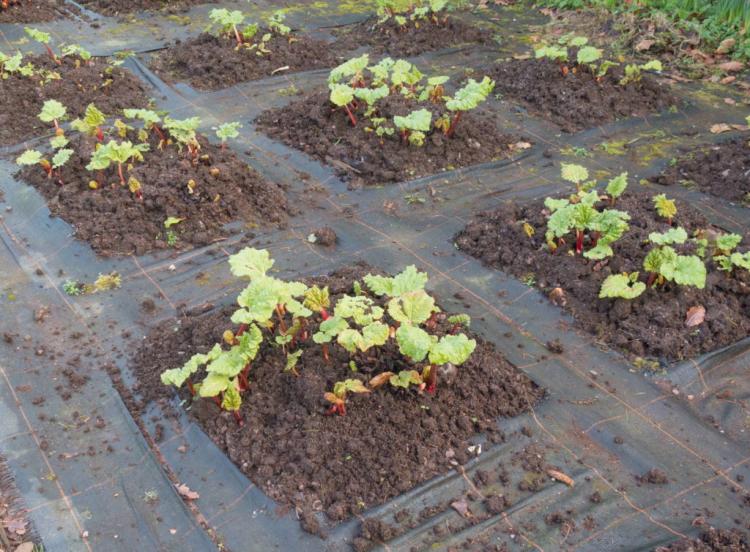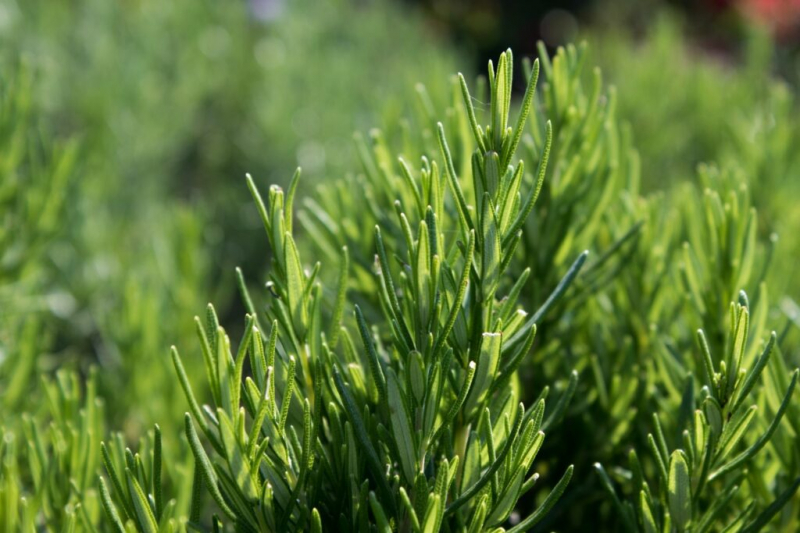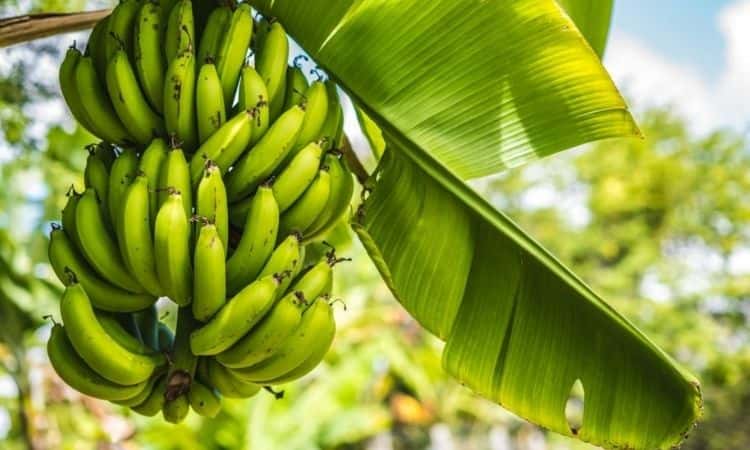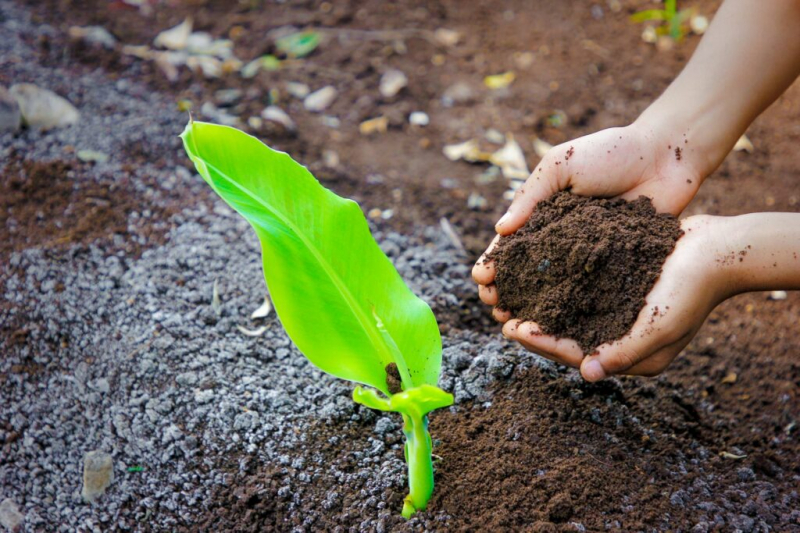Rhubarb Forcing And Bleaching: Instructions From The Expert
When it comes to growing rhubarb, professionals know a trick: forcing and bleaching. We show what it’s all about and share our 6-step guide. The rhubarb ( Rheum rhabarbarum ), which is so popular in our part of the world, is only available for a limited time for harvest from our own garden. This is actually a shame, as the rhubarb is a grateful plant that requires little care and bears abundantly from year to year. For some years now, passionate gardeners have been talking more and more about forcing or bleaching rhubarb. We explain what is hidden behind these terms.
Force and bleach the rhubarb
Similar to the early asparagus, which is grown under heated foils, there is a possibility for rhubarb lovers to premature the harvest time. For this purpose, a vessel (English forcer) is usually placed over the rhubarb, which is still resting in the ground, at the end of February. The so-called jacking pot or bleaching pot is usually a slim terracotta vessel with a removable lid. Since the drifting pot catches the first rays of the sun of the year and stores the heat inside for a few hours after sunset, the rhubarb begins to drift early in the year. The darkness also speeds up the growth process as the plant shoots up in search of light. The gardener can check the growth progress through the removable lid.
You might so like: Rhubarb: Planting, Fertilizing And Harvesting The Barbarian Root
Bring harvest time up to three weeks forward
At the end of March, the time has come and the first rhubarb stalks can be harvested. The rods driven in this way are mostly light pink. The leaves are yellowish due to the darkness and contain no chlorophyll. The specialist speaks here of a bleached rhubarb, an English specialty. The sticks have a particularly mild taste, have a low acid content and few bitter substances, and can also be processed without a lot of sugar. The British pay a lot for this taste experience and pay up to twelve pounds per kilogram. You don’t have to spend a fortune to enjoy forced rhubarb – just try it on your own rhubarb plant.
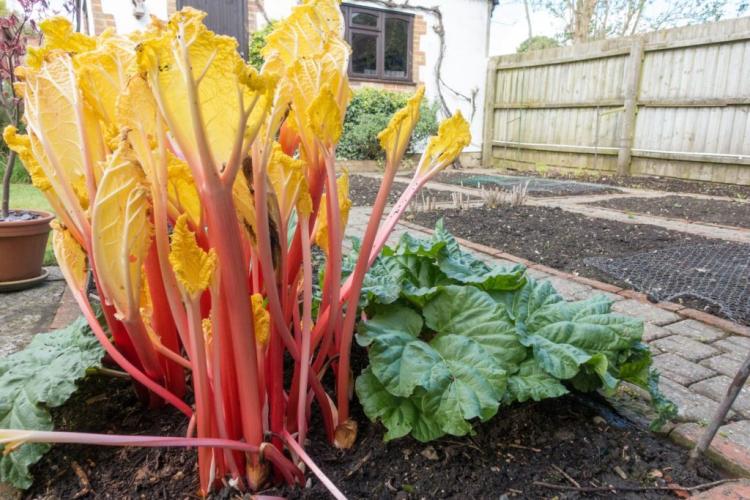
Instructions for forcing and bleaching rhubarb
Below we share our expert tips with you in 6 easy steps:
- Cover the rhubarb plant with a layer of dry straw or dry leaves in February.
- Put a so-called pre-growing pot or forcing pot over the plant. As an alternative to the usually quite expensive forcing pots, smaller rainwater bins or light-proof paper baskets can also be used. This is a much cheaper method, but you will achieve better results with the classic terracotta pots, as they store and hold the heat better.
- Make sure that the plant always has sufficient moisture available. In the case of forced pots with a very large diameter, the plants can get too little water.
- By carefully removing the lid, you can check every three to four days whether the rhubarb is ready to be harvested.
- When harvesting, lift the forcing pot vertically upwards and thus expose the juicy rhubarb stalks. The rhubarb stalks are pale due to the darkness. The botanist speaks here of dead shoots. After harvesting a few stems, the pot should be put back over the plant.
- The forcing pot can be removed in spring. Care must be taken to ensure that the sensitive shoots do not suffer from sunburn or late frost damage. The forcing means an increased stress level for the plant.
You Might Like Fertilizing Rhubarb
